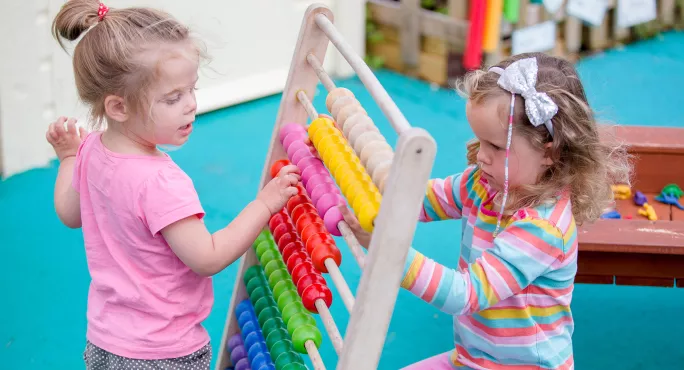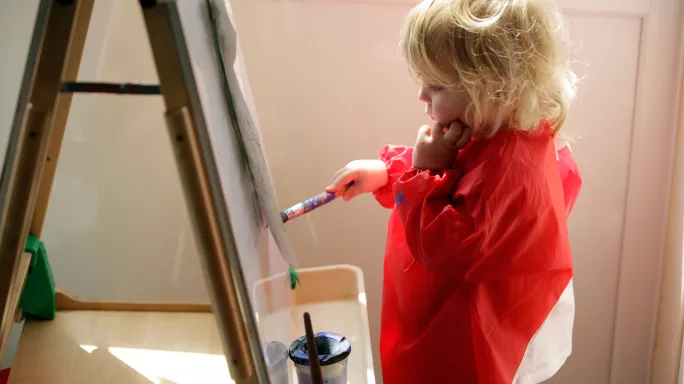Observing is a fundamental part of how we teach young children in the early years.
The cycle begins with the look, listen and note approach, in order to assess where children are in their learning journey╠²before planning the next steps in that journey.
These observations can come in many formats - ╠²just as learning journeys can - and it is up to individuals to decide how best to approach them. There are no prescribed formats or time requirements, although there are guidelines to make the process as purposeful as possible.
Quick read:╠²How will Ofsted evaluate how much a four-year-old knows?
Quick listen:╠²What you need to know about the problems with ŌĆśschool readinessŌĆÖ╠²
Want to know more?╠²Early intervention: too much, too young?
The states that teachers should observe children to ŌĆ£understand their level of achievement, interests and learning styles, and to then shape learning experiences for each child reflecting those observationsŌĆØ, adding that they should ╠²ŌĆ£respond to their own day-to-day observations about childrenŌĆÖs progress and observations that parents and carers shareŌĆØ.
Early years: pupil observations
It goes on to say that these assessments ŌĆ£should not entail prolonged breaks from interaction with children, nor require excessive paperworkŌĆØ.
The idea of not entailing prolonged breaks from interaction with children while also not requiring excessive paperwork seems to be at odds for some.
How do staff record what they are seeing and hearing without removing themselves from the interaction with the child? And how do staff who are paid an hourly rate related to their contact with children complete these? (Those who are not qualified teachers may find themselves writing up observations in their own time.)
Then there are the myths that pop up around the process (one teacher recently tweeted, for example, that theyŌĆÖd heard that 10 observations were required per early learning goal in order to make a judgement).
Ofsted has been vocal about myth-busting, reinforcing that there is ŌĆ£
So how can we make this crucial process as succinct and purposeful as possible? Here are some ideas:
-
Ensure all staff have a good understanding of what to observe and why we observe. Use the Statutory Framework statements as a starting point and look at examples of how others observe, dedicating CPD time to working on this skill.
-
Decide what is a workable expectation regarding quantity. It is much better to have fewer, high-quality observations than numerous box-ticking exercises that reveal little about the learning that is happening (it is difficult to spend enough time interacting with a child to know them fully if you are constantly writing on a clipboard). During formal moderation, the adultŌĆÖs dialogue about the child will usually be given greater weight than copious amounts of written evidence.
-
Look at the timetable to see if there are any points in the day or week where staff can complete observations if the children are settled and fewer staff are required.
-
Keep the narrative simple and note-like, avoiding lengthy descriptions of activities. Use ŌĆ£learnishŌĆØ to succinctly describe how the child is learning instead, for example persevering, thinking critically, maintaining focus, making links, taking a risk, noticing, can-do attitude, pride. Refrain from lengthy paraphrasing and stick to the childŌĆÖs voice.
-
If you are using an online journal, itŌĆÖs fine to create a quick photo and note, which can be added to later if needs be. Be as cross-curricular╠²or multi-layered╠²as is appropriate; most observations will include some aspect of listening, speaking, understanding╠²and personal social and emotional development. Urge staff not to waste time describing adult-led activities where all observations may look the same.
Nicky Clements is head of EYFS at Victoria Academies Trust. She tweets






